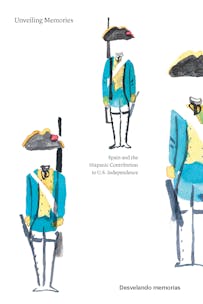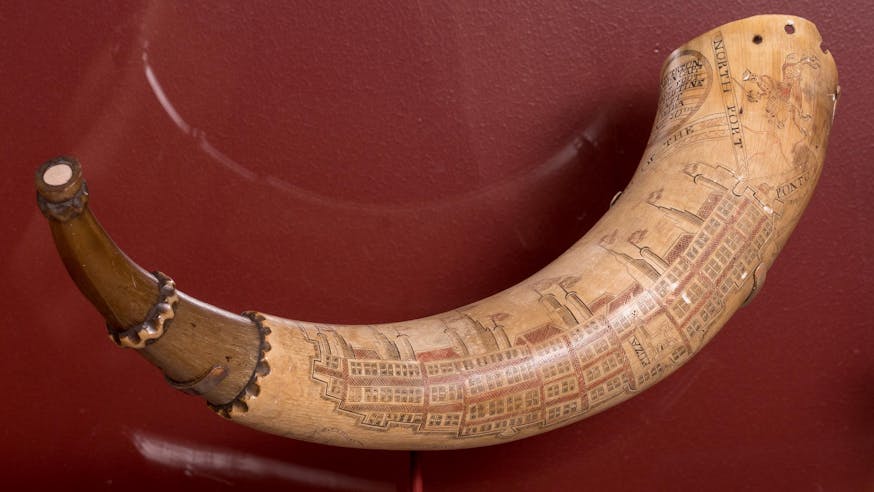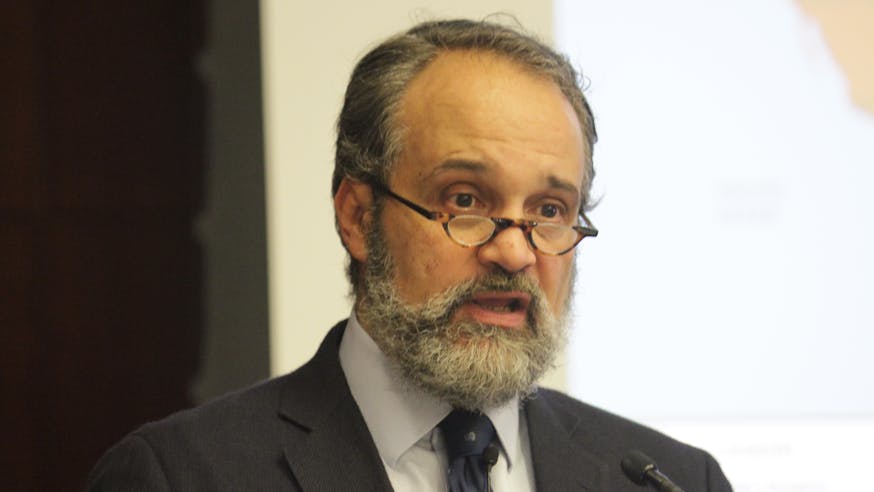Read the Revolution
Unveiling Memories
October 5, 2022
Purchase the book or read online for free.
I have the pleasure to inform you that Spain has at length taken a decisive part.George Washington, Sept. 3, 1779
In 1779, Spain allied with France against the British in the American Revolutionary War. Now openly at war with Great Britain, Spanish forces fought in the Southwest, South, and throughout the Caribbean. Though they did not have soldiers at Yorktown, Spain was able to quickly raise a considerable amount of money to fund the combined French and American victory over the British. At the conclusion of the war, Spain regained Florida from Britain, as well as Menorca in the Mediterranean Sea. In the years immediately after the war, America and Spain’s North American colonies became peaceful but uneasy neighbors.
From the outset of the American Revolution, Spain was an important ally to the Revolutionary cause. In Unveiling Memories: Spain and the Hispanic Contribution to American Independence, a beautifully illustrated volume published by Iberdrola in 2019, contributing editor José Manuel Guerrero Acosta directs 10 additional scholars to summarize the fundamental Hispanic contribution to the independence and birth of the United States in 38 articles. With illustrations, a detailed timeline, and tour of historical events, Unveiling Memories is also available to read for free online in both English and Spanish.
Read an essay by Guerrero Acosta about Bernardo de Gálvez, the governor of the then-Spanish territory of La Luisiana, who started the march towards the English forts on the left bank of the Mississippi in August 1779. Galvez commanded almost 1,600 men, formed by about 300 soldiers from his regiment and joined by French, German, and Spanish settlers living in nearby towns as well as Native Americans, African Americans, and some American patriots. He and his men managed to take the forts of Manchak, Baton Rouge, and Natchez. In the following years with European and Hispanic reinforcements from America, Galvez and his men conquered two strategic cities: La Mobila (Alabama) and Pensacola (Florida).
Excerpt
"I have just seen official accounts from the Governor of Havana of the success of the Spaniards in the Floridas. If the remaining posts fall, it will be a very important stroke; and in all probability the operations there will have a favorable influence upon our affairs in your quarter (South Carolina)."
GEORGE WASHINGTON TO MAJOR GENERAL BENJAMIN LINCOLN, FEBRUARY 27, 1780
In June 1779, Spain declared war on Great Britain, and Bernardo de Gálvez, then governor of Spanish Louisiana, decided to launch a preemptive attack against a likely British offensive. Having gathered all that was needed, from ships to cannons to men, he felt equipped to start his campaign by early August. Yet, in a single night, a violent hurricane over the waters of New Orleans destroyed everything Gálvez had so painstakingly prepared. It could not destroy, however, the governor’s determination to carry out the king’s orders.
On August 27, 1779, Gálvez was ready for action once more. He set out from New Orleans at the head of a colorful army: 170 veteran soldiers from the Príncipe Regiment, the España Regiment, and the Fijo de La Habana Regiment, 330 recruits from the La Luisiana Regiment, 80 militiamen from New Orleans, 80 freed African Americans, and another 600 American volunteers of every strain and status: Acadians, Germans, and French. The troops also included 160 American Indians from the Opelousa and Atakapa tribes, as well as Indians from Point Coupee and eight additional American volunteers, among them Oliver Pollock and Captain Pickles, for a total of some 1,500 men. They were the first multiracial army in North America, and according to Pollock, they marched under the flag of Spain and the new flag of the United States.
Sign Up!
Get biweekly Read the Revolution featured excerpts right to your inbox.
The army had ten cannons, which they transported on gunboats up the Mississippi from New Orleans, while the column of men marched determinedly toward the English posts upriver. For Gálvez, there was no time to lose if he were to take the enemy posts before news of the declaration of war between Spain and Great Britain reached them.
Eleven days after they had departed New Orleans, and about a hundred miles north of the bay, Gálvez’s troops arrived at the outskirts of Manchac. It had been an arduous journey, and a considerable number of the men, exhausted by the trek, the heat, or disease, were in no condition to fight. It was at this moment that Gálvez chose to tell his troops that Spain had declared war against Great Britain. The men responded with enthusiastic cheers. At daybreak on September 7, Gálvez led a surprise attack on Fort Manchac, capturing some twenty British redcoats. His troops continued their advance toward Baton Rouge, where they arrived on September 12 with only half the initial force. Before them was an armed stockade surrounded by a moat; it was guarded by some 400 British and German soldiers, 13 cannons, and more than 150 white and African American militiamen.
It would have taken several weeks of traditional warfare to overpower the British stronghold, so Gálvez devised a different strategy. On the night of September 20, he ordered that a battery be installed and that it immediately opens fire on the British as a diversionary tactic; another battery was being positioned with the fort at closer range, while the enemy focused on the farther target. The next morning, the onslaught of unexpected short-range shots forced the enemy to surrender within three hours of battle. Gálvez’s troops captured 375 British soldiers and Waldeck allies, under the command of Lieutenant Colonel Alexander Dickinson, as well as several regimental flags, including the flag of the 16th Regiment of Foot. Oliver Pollock led the negotiations of capitulation, and Gálvez insisted that the conditions include the surrender of 80 additional soldiers from Fort Panmure in Natchez. Five hundred militiamen and slaves were released, because the Spanish army did not have enough men to guard them. The entire Mississippi River was now free from British control, allowing for the transport of goods and supplies northward without peril.
Tags
Learn More

The Museum Marks Hispanic Heritage Month 2022

Spain and the American Revolution

